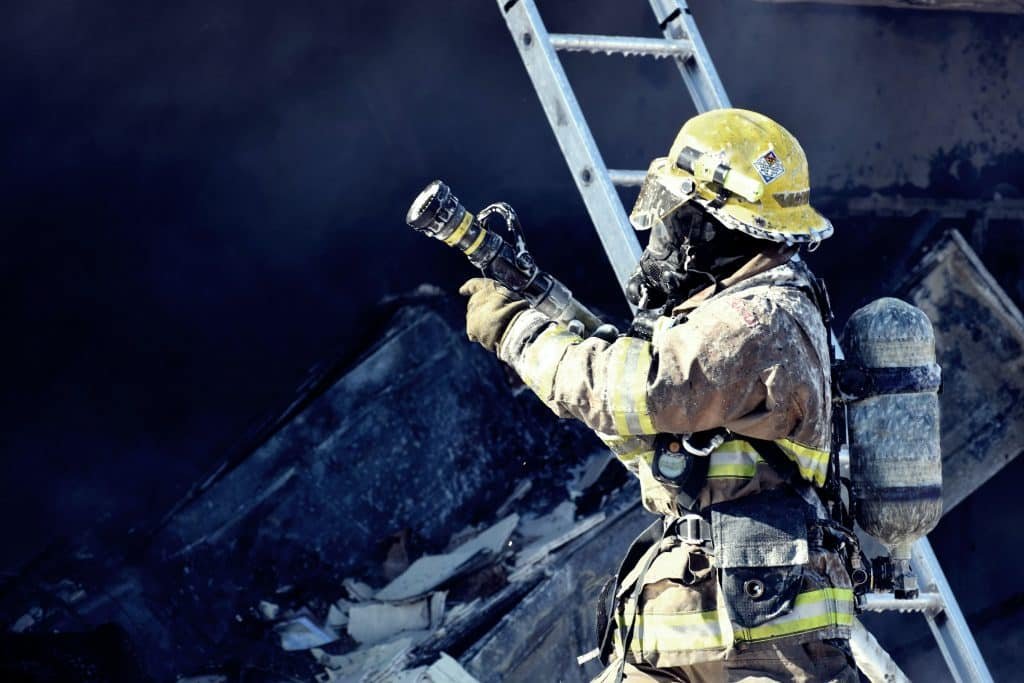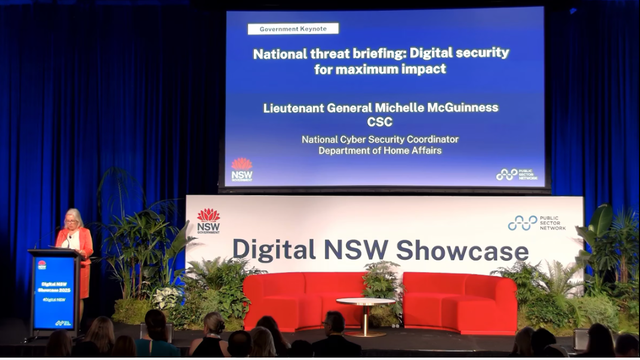Communications and Information Systems for First Responders
Government Keynote Session: Public Safety Broadband Network (PSBN): Initiatives and Strategies

Anthony Odoardi
Deputy Chief
Peel Regional Police and Executive Director, Public Safety Broadband Network (PSBN) Innovation Alliance

A New Network for First Responder Communications
The ultimate goal of first responders is to be first on the scene and to provide the best possible care when they arrive. Communicating about where to go, what the incident is, and how to respond, are therefore critical to the process. Traditionally, first responders have relied on communication through radio and mobile phone devices, though they are increasingly becoming reliant on messages, mapping coordinates, and images being sent through the internet. Anthony Odoardi , the Deputy Chief of Peel Regional Police in the Province of Ontario, and the Executive Director of the Public Safety Broadband Network (PSBN) Innovation Alliance says that “data communication is now as important as voice communication.” Voice communication will always be important in the emergency fields, but need to have greater access to data communication came out of the 9/11 Commission Report in 2008, which according to Chief Nishan Duraiappah of the Peel Regional Police, claimed that “hundreds of lives of our first responders could have been saved if there was a resilient, reliable, cyber-secure communication capacity for first responders during that crisis.”
With that in mind, a number of government, first responder and digital agencies came together in 2014 to develop what has since become known as the Public Safety Broadband Network (PSBN) and to form the PSBN Innovation Alliance based in Ontario, a not-for-profit legal entity to advocate on behalf of the PSBN. Ultimately, according to Anthony Odoardi, the PSBN is an “always-available broadband spectrum for emergency responders to use in their lifesaving missions.” It is a network that only first responders have access to, and is a “dedicated, resilient, reliable, cybersecurity mechanism to ensure that data critically arrives at the appropriate public safety agency, and is set up to respond to the needs of each agency.”
The PSBN has already been established in the Peel and Halton regions in Ontario. The network spans about 3,300 square kilometers and covers the Toronto international airport amongst other transit, municipal, and utility hubs. With all of this span, it, therefore “covers over 2.5 million Canadians.” Although it is only operational in two regions, it already has the capacity to “support networks across all of Ontario.” Moreover, previously communities in rural areas often struggled with connection issues. The PSBN has “solved dead zone issues, has started to bridge the rural broadband divide, and has enabled 9-1-1 service improvements.”
These factors have ensured that the Alliance has continued to grow. Aside from agencies in Peel and Halton, the Alliance now has membership from interested parties across multiple sectors from Ontario and from much of the country. After all, “momentum is gaining and we are now in the structural phase of forming an understanding of what the mechanism of the operation looks like across Ontario and across Canada, and how to promote it throughout the entire nation.”
One of the main tasks of the Alliance is to advocate for policy and funding so that the PSBN can be rolled out nationally, and as such, “we’ve written over 30 formal policy submissions.” The Alliance also continues to “educate the public and build commercial partnerships.” Together, these processes have allowed the Alliance to “create an operating and business model for a larger PSBN network, with all the pro forma data and information ready to share.” On top of that, though “tax dollars are not necessarily an option for this,” at least not yet, “we’ve secured $10 billion in private capital investment funding,” mostly from large corporations who are interested in helping to build the required infrastructure nation-wide. Part of the discussion with those corporations, especially the “commercial carriers,” has been about “developing a network of networks for increased reliability.” It is about working together with all potential partners and thus “we’ve established 5, 10 and 20-year roadmaps which outline operationally and financially the model that we see working for not just Ontario, but all of Canada in terms of R&D, technology, and deployment.” This includes a roadmap for the rural broadband model.
"
The PSBN initiative may not be the opportune mechanism for data communications in all provinces. We support that this may not be a one size-fits-all solution. We are advocating for choice for municipal, regional, provincial governments and the federal government to see where it fits and where it makes sense to deploy the PSBN network.
Anthony Odoardi, Deputy Chief, Peel Regional Police and Executive Director, Public Safety Broadband Network (PSBN) Innovation Alliance
The benefits of a PSBN
To secure a PSBN for all of Canada, there are five main “policy advantages:”
- Reliability and resilience during network disasters or congestion – Commercial carriers struggle to handle “major surges,” the kinds that happen during major events or incidents, or even during severe weather conditions. “The PSBN would provide dedicated data infrastructure for public safety agencies to be able to communicate, even during a disaster.”
- Combatting high costs of data – This is a “strain on public safety budgets, and we have a model that reduces the data costs through our ability to offer data at wholesale rates.”
- Digital economic development for rural and First Nations communities – “We’ve bridged the rural-urban broadband divide and can provide better public safety through communications for communities in need.”
- Improved wireless network cybersecurity – When only “public safety or infrastructure partners use the network,” this ensures that it is a “dedicated network and gives us a degree of cybersecurity confidence.”
- Improved 9-1-1 access – The PSBN network has “bridged 9-1-1 gaps and dead zones.”
On the last point, in particular, the current 9-1-1 network is being upgraded across all of Canada and the USA, and some of the legacy systems are being disconnected. The PSBN has been designed to work with the upgrades and “provides reliable and cyber secure delivery for critical 9-1-1 data flows.” The PSBN has also been designed to be “scalable to other provinces and nationally,” but that may not be ideal.
The Alliance has developed three options that governments could look at about how to deploy the PSBN in their area, from full to partial deployment. “It comes down to municipal choice and what works for each region.” Recent statistics show that “in Canada, we pay amongst the highest data rates in the world.” One of the great benefits of the PSBN is that it “provides roaming services that cut down those data rates by purchasing wholesale data direct from the supplier.” This may be one of the factors that governments look at when deciding to implement the PSBN.
For the moment though, even if governments choose to deploy the PSBN in full, this is not yet possible. “The Temporary National Coordination Office (TNCO) – a federal entity – was set up by Public Safety Canada 3 years ago to research and define how the PSBN would be deployed across Canada.” They have 30 members and are looking at “policy and outreach, research and development, and program development.” Each of these has certain criteria and objectives that the PSBN must comply with. Ultimately it is “the TNCO that will eventually make the decision on the PSBN, but we know that the Alliance and our current model are seen favorably.” A final decision was supposed to have been made in late 2020 though of course, COVID-19 got in the way, “so we’re waiting to hear but we are very confident.”


































